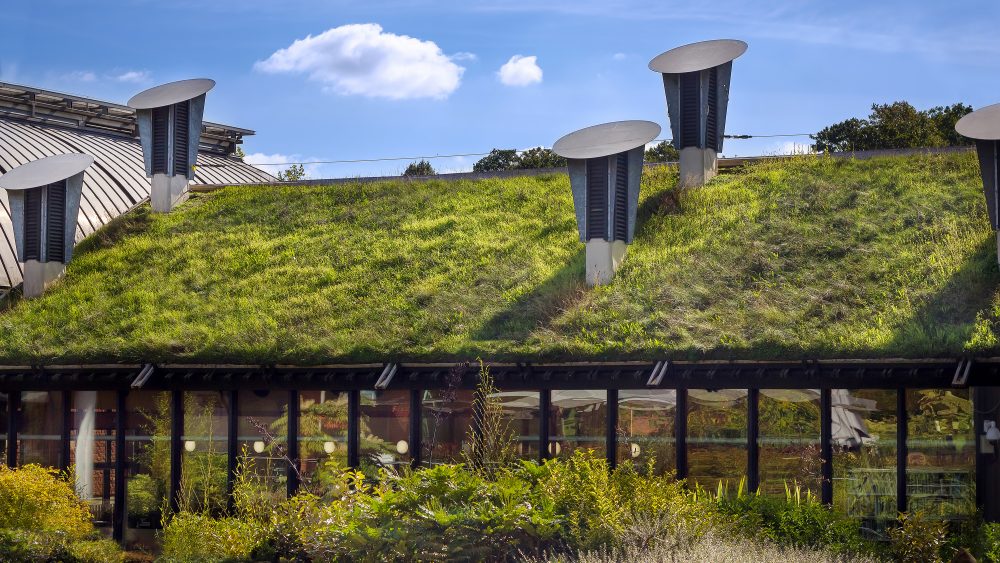Definition of Sustainable Construction and its Impact on the Environment
Sustainable construction is much more than practicing green building. Most buildings are designed in such a way that the impact they will have on the environment is minimal for the time that the specific building will exist while at the same time, give the occupants a standard level of comfort, durability and functionality. In the business front, a sustainable building gives room for businesses to grow and expand and without impacting negatively on the environment in the growth process.
How Does the Environment Benefit?
Many resources are used sparingly in the process of creating, designing and developing sustainable building. Such resources include raw materials, water, land and energy. Emissions, waste as well as pollution of the environment is drastically reduced and the health and general welfare of the employees is protected.
The specific ways in which the resources are used include the following;
Water
Sustainable buildings have in place systems, appliances, gadgets and landscapes that require very little water for operation and maintenance. The traditional construction methods use so much water and if this is done for a prolonged time, there is risk of water shortage for the communities.
Raw Materials
As opposed to exhausting the natural resources, most developers of sustainable structures are opting for renewable resources and recyclable materials which are more environmentally friendly and responsible. The other aspect that developers look at in sustainable building is the durability. This means that there will be no need for constant repairs and replacement for the longest time possible. The recyclability of the materials being used is also a factor considered as this reduces on waste which is deposited in landfills.
Energy
Most sustainable buildings have appliances that are energy efficient such that the carbon emitted and reliance of fossil fuels is reduced.
Land
While selecting where to put up a building, it is important to consider the impact on the environment. Factors to consider include choosing a piece of land which will have the least possible dilapidation of the land. As well, consider a section that will have minimal or zero deforestation where environmental landscaping can be achieved and at the same time reduce soil erosion.
Conclusion
There are significant long term benefits on the environment with sustainable construction which allow businesses to play their role in environmental protection in their daily activities. The communities and the larger society also stand to benefit through creation of such sustainable construction.



Comments are closed.